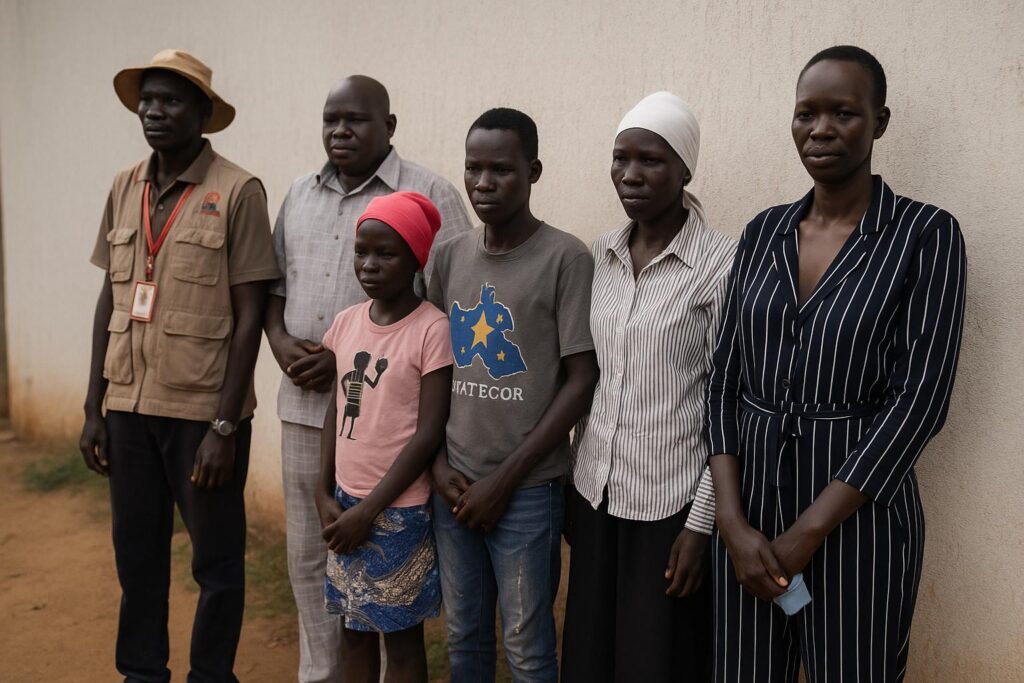Persistent Abductions Haunt Jonglei and GPAA
Officials in Jonglei State report 591 women and children abducted between 2014 and 2025, underscoring a stubborn trend of violence in South Sudan’s east (Sudans Post). Each figure represents a family fractured, a community forced to cope with uncertainty and fear.
Infrastructure and Insecurity Complicate Rescue Efforts
State Minister Kuol Choul attributes slow reunifications to insecurity, impassable roads and patchy mobile networks. Volunteers often travel for days, navigating rival militia areas, to confirm a single child’s identity. Limited funds mean every mission demands new negotiations with transporters and local chiefs.
Government Actions and Local Appeals
Despite logistical hurdles, authorities reunited 12 abducted children last week—three from Jonglei and nine from the GPAA. Kuol insists his office ‘works around the clock’ to catalogue cases and mediate returns, framing every successful reunification as proof that dialogue can temper revenge cycles.
State Director Elijah Mayen calls the practice a ‘long-standing humanitarian crisis’. He urges perpetrators to ‘stop immediately’, arguing that abducting non-combatants undermines communal harmony as much as national security. His appeal echoes past presidential directives condemning cattle-related violence.
Data Gaps and the Road Ahead
Verification teams still comb remote counties, where many captives remain uncounted. Humanitarian partners were unreachable for comment, leaving official numbers provisional. Analysts warn that without reliable data, peace agreements risk overlooking victims, and compensation mechanisms cannot fully address trauma or lost childhoods.


